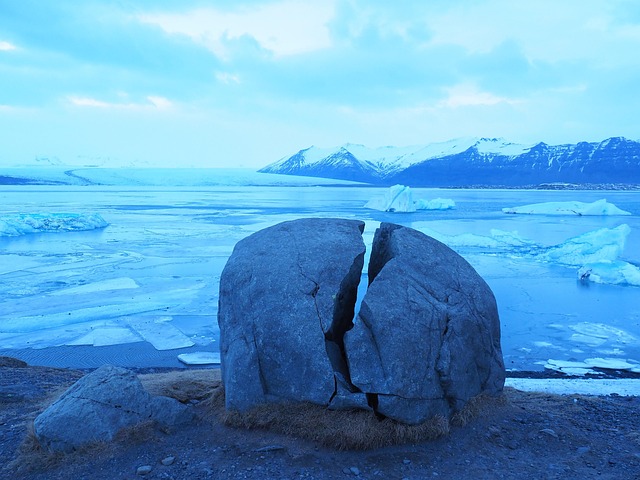Treacherous Melting Lakes: A Climate Change Crisis
As the world grapples with the impacts of climate change, one alarming phenomenon is becoming increasingly evident: the rise of dangerous lakes. These shimmering bodies of water, often assumed to be serene, are turning into treacherous traps, posing threats to ecosystems and communities alike. The rapid melting of glaciers is reshaping our planet, yet the true dangers may lie within the depths of these lakes.
The Hidden Perils Beneath the Surface
When we think of lakes, we often envision picturesque landscapes teeming with life or a tranquil escape from the chaos of daily life. However, as climate change accelerates, some of these once-peaceful waters are morphing into reservoirs of danger. As glaciers retreat, they leave behind depressions that fill with meltwater, forming these perilous lakes.
Many of these lakes are not merely harmless puddles; they harbor massive quantities of water under pressure. If a dam formed by glacial debris were to fail, the implications could be catastrophic. Communities living downstream could face flash floods, consuming homes and livelihoods in minutes. It’s a chilling reminder that beauty can come with hidden risks.
A New Kind of Ecosystem
Furthermore, these dangerous lakes can also lead to the creation of unstable ecosystems. Warm temperatures can introduce new species of algae and bacteria, transforming the lakes into breeding grounds for potentially harmful organisms. As life attempts to adapt to these changes, the delicate balance that sustains existing wildlife is at serious risk.
Fish and other aquatic species are struggling to navigate water that fluctuates wildly in temperature and chemistry due to melting ice and glacier contributions. This shift can disrupt local fisheries, affecting food sources for both wildlife and human populations dependent on these ecosystems.
The Climate Connection
The issue of dangerous lakes is a symptom of a much larger climate crisis. As global temperatures continue to rise, these lakes are verging on being nature’s ticking time bombs. They challenge our understanding of natural environments and compel us to reconsider how climate change is reshaping not just our landscapes but our very lives. The urgency to address climate change has never been more pressing—a call to action that resonates deeply as we confront the treacherous ramifications of these melting lakes.
Understanding the Risks
Awareness of the potential hazards posed by dangerous lakes is crucial in fostering effective strategies for mitigation and adaptation. Scientists, researchers, and local communities must collaborate to monitor these lakes closely, measuring water levels, pressure, and ecological changes. This vigilance can help avert disasters and safeguard both natural habitats and human settlements.
In conclusion, the emergence of dangerous lakes is a stark reminder of the far-reaching consequences of climate change. They exemplify how human activities and natural systems are intricately linked, and they must serve as a warning for generations to come. By coming together, we can create a narrative of resilience and action in the face of this climate crisis.



